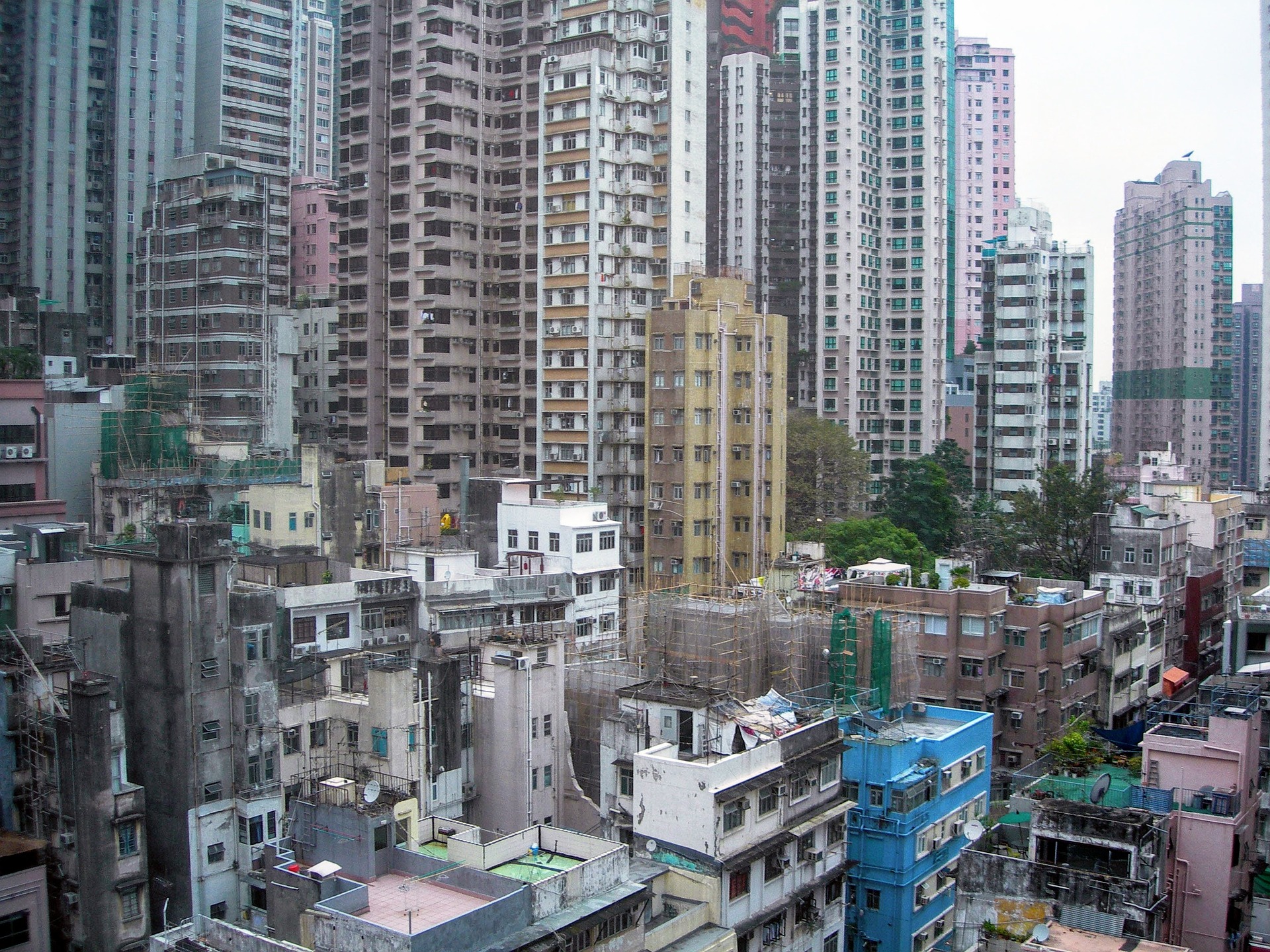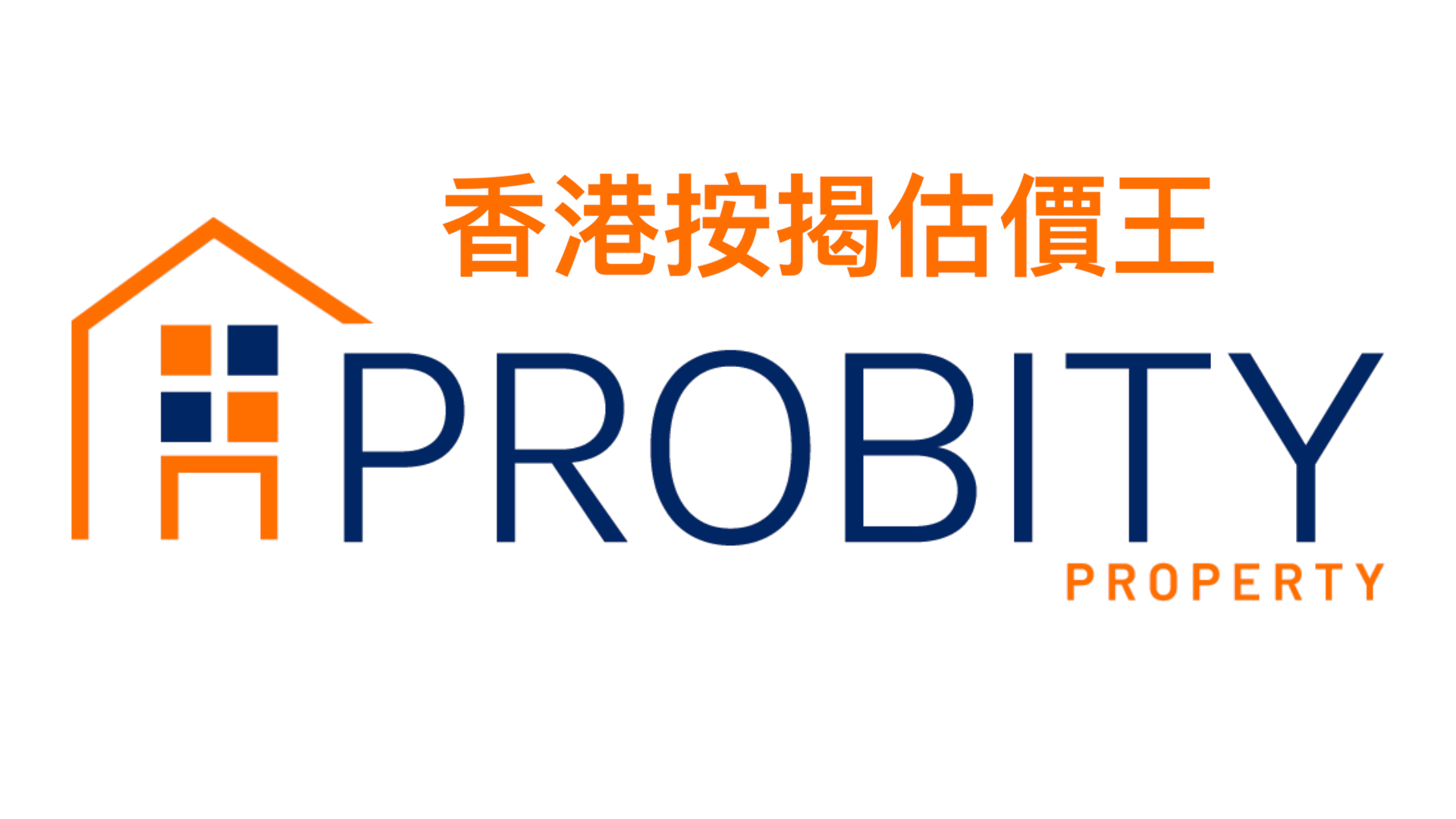Latest mortgage loan-to-value ratios: Things to consider when buying a village house

Latest mortgage loan-to-value ratios: Things to consider when buying a village house
Understanding the maximum borrowing ratio for village house mortgages and important considerations
In recent years, with the continuous rise of Hong Kong's real estate market, many people have chosen to buy village houses in rural or remote areas to enjoy a peaceful lifestyle. However, the mortgage loans for village houses are different from those for properties in urban areas, and buyers need to understand the corresponding loan policies and considerations.
Generally, the maximum borrowing ratio for village house mortgages is around 50% to 60%. This is because the construction of village houses did not go through formal application and approval processes, and banks need to ensure loan risks are controlled. However, through the Mortgage Insurance Programme, up to 85% of the property value (capped at HK$8 million) and up to 80% of the property value (capped at HK$10 million) can be borrowed. This means that if the village house has gone through formal Mortgage Insurance Programme, buyers can borrow more money.
However, prospective buyers should be aware that village houses usually have illegal structures, so banks may not lend up to 85% of the loan amount. Illegal structures refer to unapproved constructions or structures within the house, such as extensions, additions, and enclosed balconies. These constructions or structures may have safety hazards, and unapproved constructions are illegal, and buyers may have to bear legal risks.
In addition, buyers also need to be aware that valuing village houses is usually more difficult compared to urban properties. This is because the location and environment of village houses vary, and the value can be affected by factors such as illegal structures and the age of the property. Therefore, buyers need to carefully consider when choosing a village house and seek professional advice.
In summary, if you plan to buy a village house, it is essential to understand the corresponding mortgage loan policies and considerations to ensure you make a wise decision. Apart from considering the price, buyers should also pay attention to factors such as building quality, illegal structures, location, and environment when choosing a village house. Moreover, buyers need to carefully inspect the property before applying for a loan to ensure there are no hidden problems and risks to avoid future troubles.
Finally, buyers should seek professional advice from real estate agents, lawyers, accountants, etc., to ensure their interests are protected. In the process of buying a village house, buyers need to evaluate the risks and returns carefully, manage the risks well, and realize long-term investment returns and a good quality of life.
In conclusion, the maximum borrowing ratio for village house mortgages is around 50% to 60%, and more can be borrowed through the Mortgage Insurance Programme, but buyers need to be aware of illegal structures. When choosing a village house, buyers need to consider various factors carefully and seek professional advice to ensure their investment returns and quality of life.


